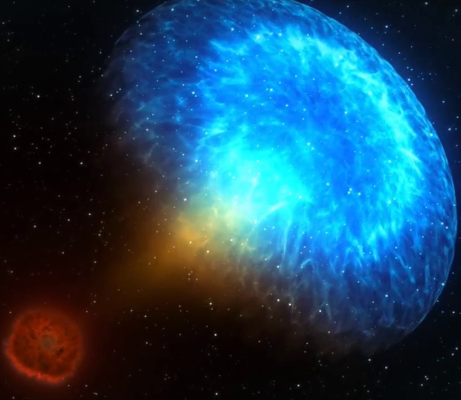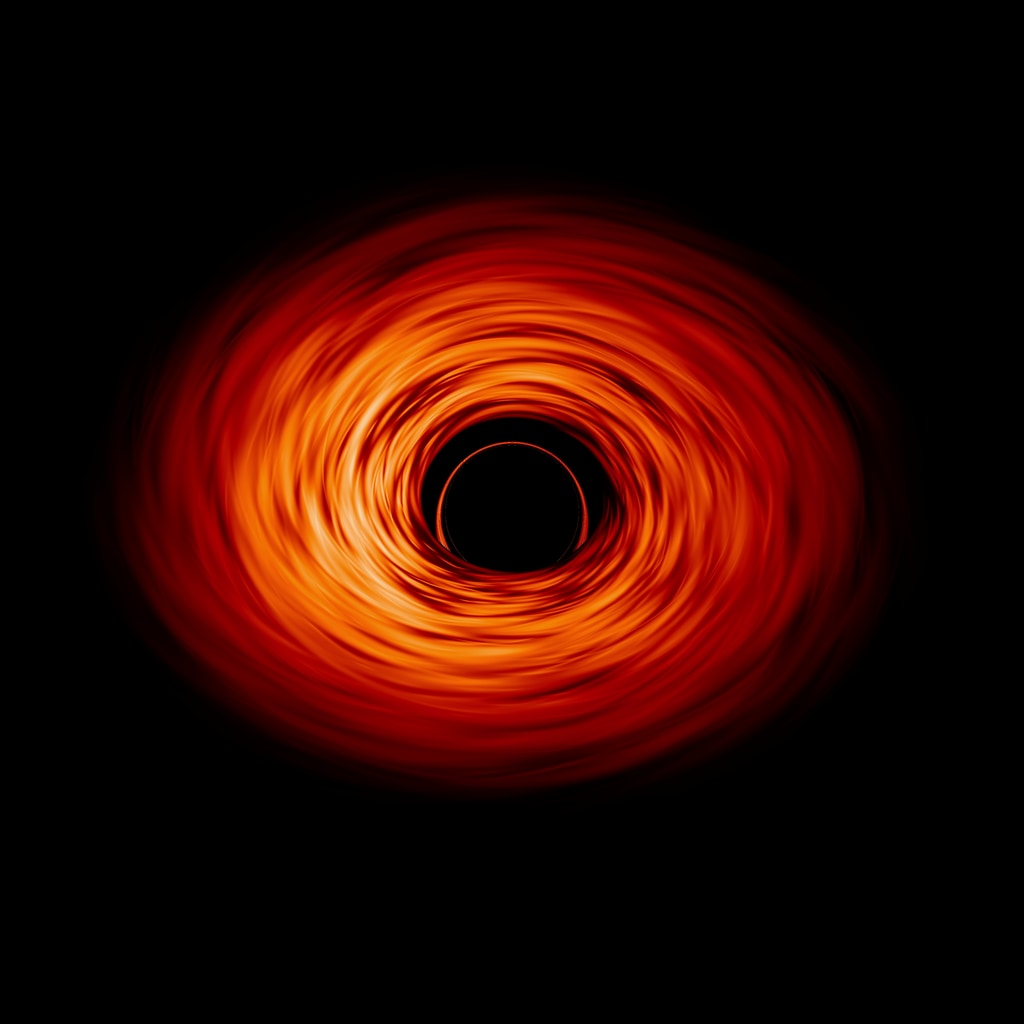My projects
I work on theoretical models and numerical simulations of black hole accretion process. My work is mainly focused on time-dependent magneto-hydrodynamical modeling of accretion flows, wind outflows and jet ejections. The aim is to explain emission properties of disks and jets observed in persistent, transient, and explosive sources, such as active galaxies, stellar mass black hole binaries, and gamma ray bursts.

